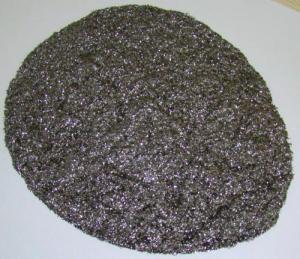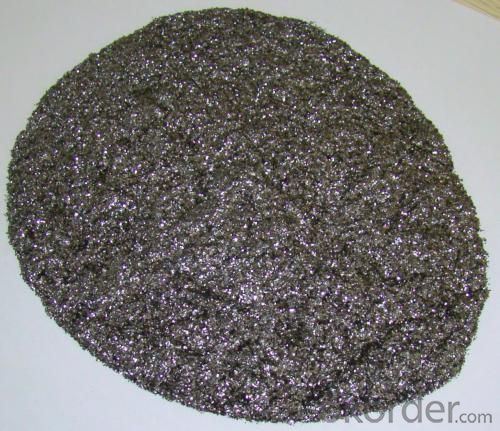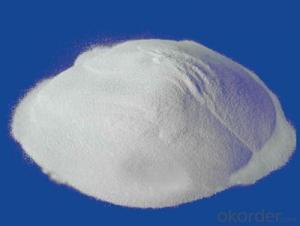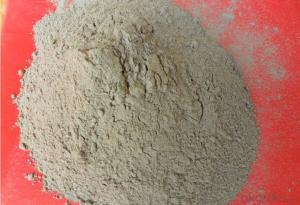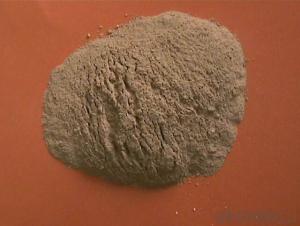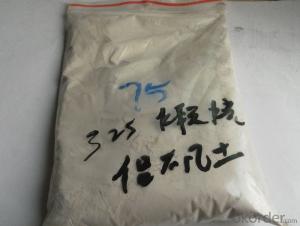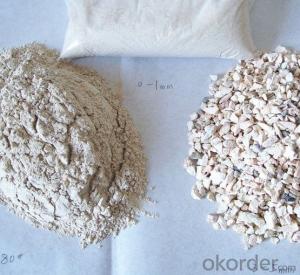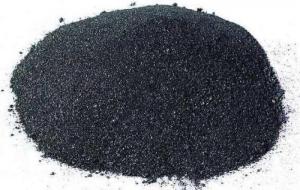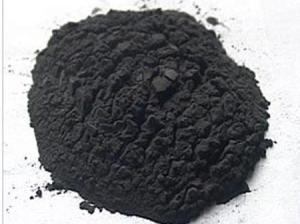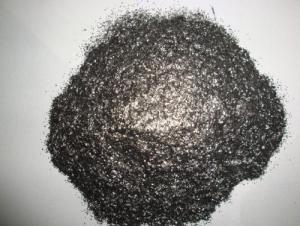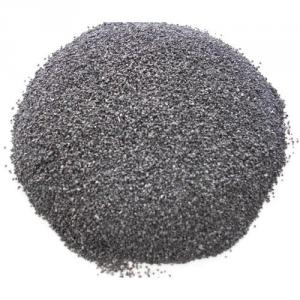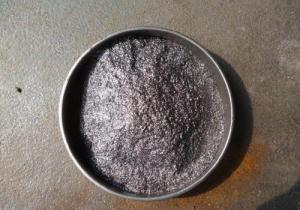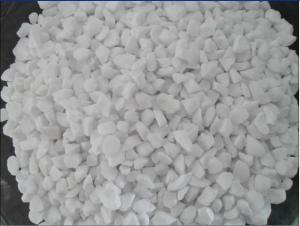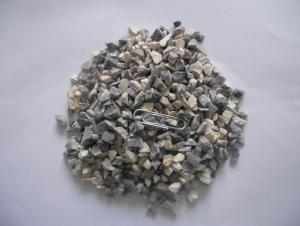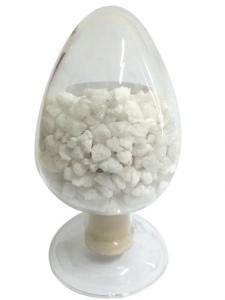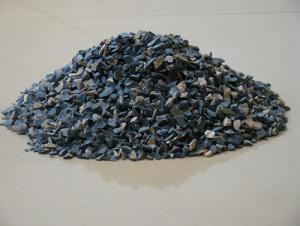Raw Materials for Refractory:Good Quality Natural Flake Graphite FC 87 with Best Price
- Loading Port:
- Qingdao
- Payment Terms:
- TT or LC or DP
- Min Order Qty:
- 20 m.t.
- Supply Capability:
- 1000 m.t./month
OKorder Service Pledge
OKorder Financial Service
You Might Also Like
Quick Details
· Place of Origin: Shandong, China
· Shape:powder
· Material: graphite
· FC Content (%): 87%min
· V.M Content (%): 2.5%max
· ASH Content(%): 10.5%max
· Moisture:1%max
· Model Number:Customer's Requirement
· Brand Name:CMAX
· Application:Metallurgy or Refractory
· Product name:Natural Flake Graphite
· Color:Black
· Size:-100MESH/200MESH/-325mesh or Smaller
· Certificate:ISO9001
· Usage:Refractory
· Type:Refractory raw materials
· shape:powder
· Packaging Details:Bags/In bulk/As costomer's requirement'
Quality assurance:
1.On a regular basis or as per your request,we entrust national testing agencies to conduct quality inspections
2. Strictly in accordance with the ISO9001-2008 international quality system standard,we monitor and manage the whole process throughout production,quality testing,and measurement to ensure product quality
FAQ:
Q: What kind of payments does your support?
A: T/T, L/C, Cash are accepted.
Q: Do you charge for the samples?
A: Accordeing to our company policy, the samples are free, we only charge the freight fee. And we will return the freight fee during the next order.
Q: Can you produce according to customers' design?
A: Sure, we are professional manufacturer.
Q: Do you have pictures?
A: Yes, please check the pictures:
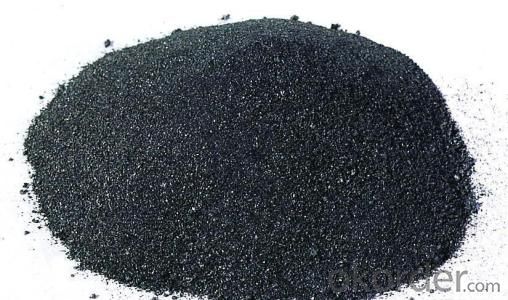
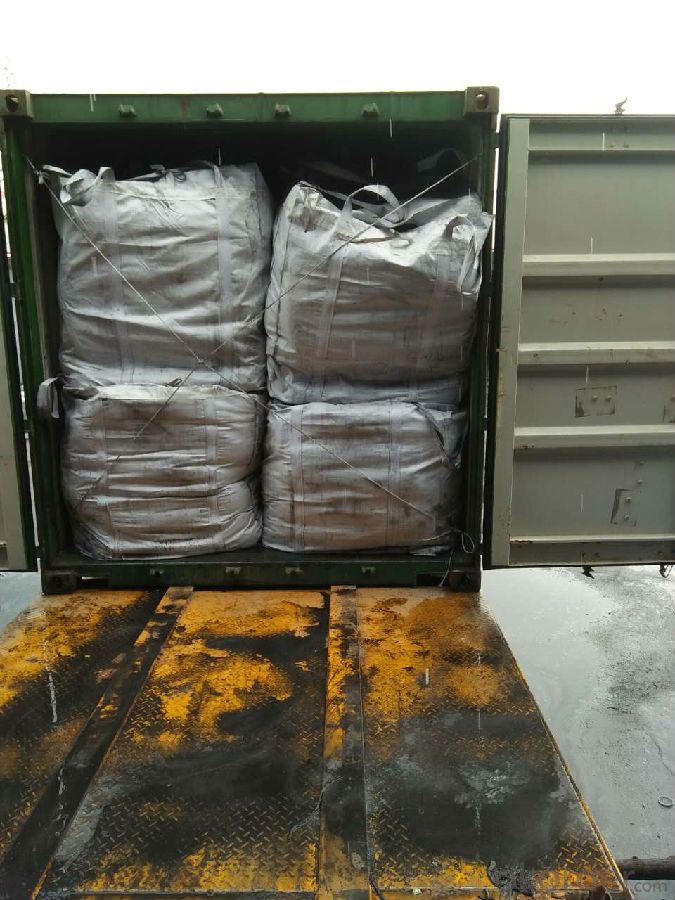
- Q: Can anyone tell me what material the first rate fire resistant door is?
- Material of Class A fire doors can be divided into steel and wood, so fire doors can be divided into fireproof steel door and fireproof wooden door. In fact, fire doors of all classes are divided into steel, wood, steel and wood, and other materials (see GB ). Mainly depending on what kind of material the customers want. The fire door is called class A fire door not because of the material but because of the fire-resistant time. The fire resistant time of class A fire door is not less than 1.2 hours and fire doors as long as meeting this condition can be called class A fire doors . The filling material in class A fire doors is generally perlite, whose difference is in thickness. A few of them will use fireproofing materials like foam core board, vermiculite fireproof board, MC composite material and so on. The thickness of class A fire door is usually 50mm. I hope my answer can help you.
- Q: The fire prevention board line is made of what material?
- (1) if it's real wood floor, the line should be made of wood. The ready-made wooden line, walnuts, price range depends on the texture width. The common width is 100 mm. One linear meter is around $17 - $30. Paulownia is cheaper with one linear meter more than 10 yuan. When it is composite wood floor, high-density plate modelling line can be used. The price is commonly between 40 to 80 yuan (2400 x 1200 mm), which depends on the thickness and density and also the factory. There are also imitated wooden aluminium line. (3) if it's the marble ground, you would better use marble line, which is 200 yuan one square meter. It's price is also unequal. The imitated stone is also available. There are a lot of kicking decoration materials and it depends on how you use it. That is to say crural line should be coordinate with the ground. It means that it sjould not only to be beautiful but also to be practical. It would be better if it is relatively cheap as well.
- Q: Are fire materials poisonous after burning?
- Neutral refractory is mainly composed of alumina, chromium oxide or carbon. Corundum products containing more than 95% of alumina are a kind of high quality refractory materials with a wide range of uses. Chrome brick with chromium oxide as its main component has good corrosion resistance, but its thermal shock resistance is poor, and its deformation temperature is lower at high temperature. Carbon refractories with carbon bricks, graphite and silicon carbide products, low coefficient of thermal expansion, high thermal conductivity, good thermal shock resistance, high strength, resistance to acid and salt corrosion, especially weak acid has good resistance, without wetting of the metal and slag, light. It is widely used as lining material of high temperature, and also used as lining of autoclave in petroleum and chemical industry.
- Q: What are the electrical fire protection materials?
- Inorganic binder: Water glass, gypsum, phosphate, cement, etc.; Refractory mineral filler: Alumina powder, calcium carbonate, asbestos, perlite, cornstarch; the main purpose of electrical fire prevention board is to prevent fire and heat. The heat conductive plate will conduct electricity, leading to good equipment insulation and large superheating surface! ! ! ! Hope my answer will help you.
- Q: What is the fire endurance of ceramsite concrete blocks?
- The heat conductivity coefficient of grade 800 hollow building blocks in ceramsite concrete is 0.23 and fire endurance is 4h. Ceramsite concrete has strong construction adaptability. It can not only compound concrete material with different unit weight and strength(It changes with the structure of thermal insulation or bearing structure) according to the different purposes and functions of buildings, but also is easy to construct. It is suitable for industrial production of a variety of construction methods. It can not only make all types of components(board, block, girder, column, etc) by using production process, but also can use mechanization construction of cast-in-place. The strong adaptability of construction of ceramsite concrete is not comparable to any other lightweight building materials(such as air-entrapping, etc.).
- Q: How to distinguish the fire?rating of rubber and plastic thermal insulation material?
- It is divided into level A, B1, B2 and B3. According to the current "burning behavior of building materials classification method", Level A insulation material is a non-combustible material, which belongs to YT. However, from the point of view of the current market , level A insulation material are very few, only glass wool, rock wool board, foam glass and vitrified micro bead. However, compared with level A insulation material, the more welcomed by the market is the organic insulation material. This is characterized as thermal insulation material, which is divided into three levels: level B1 is flame retardant, level B2 is flammable and level B3 is flammable. The level B1 nonflammable thermal insulation material is determined according to the fire endurance of the material. And different parts of the material are divided differently! Such as the common EPS / XPS insulation boards through special treatment of adding flame retardant. . Level B2 combustible insulation material is commonly the EPS expanded polystyrene foam insulation board and XPS board, that is, the ordinary plate. This material has low ignition point, and releases large amounts of harmful gases in the combustion process . Level B3 flammable insulation material is commonly the thermal insulation material taking polystyrene foam as the main material. Since this material is highly flammable, it has been out of the external wall thermal insulation materials. As for the civil construction insulation materials, China's current popular building insulation materials in the market are mainly made of three organic foams: EPS (molded polystyrene board), XPS (extruded polystyrene board) and PU (polyurethane).
- Q: What kind of refractory materials should be used for the intermediate frequency furnace to smelt manganese?
- You mean furnace lining or ladle lining? Generally magnesia is used as furnace lining, but heat preservation should be practiced when shut down, or brasque would crack. Surly you can employ existing furnace lining which is sold in Tianjin, a little bit expensive, the average lining could be used for 300 furnaces. The furnaces made by magnesia myself break down after 40 furnace were finished. What I referred is a furnace weighing 2 tons, as for a bigger furnace, the existing brasque would be OK. What is the difference between furnace lining and ladle lining? Can you give me more detail about the materials of making a furnace weighing 2 ton? Why others can burn 80-90 furnace with 0.7-ton furnace; over 200 furnaces with 2 ton? What are these ingredients? What I know is just magnesia, magnesium borate, and together with boric acid, they also have many types, which one should I use? Thank you!
- Q: What refractory material does cupola lining use?
- Refractories for ehongtianlu, Yong, eajliao, najhuo cupola, refractory (refraetoriesfo:Cupola, furnace) masonry cupola and related parts. The utility model also discloses a heating furnace, which is a thermal equipment for melting pig iron in the casting industry and certain steel smelting plants. The working temperature of the guard is usually 1400 ~1 stone.. C.
- Q: What are fire?ratings of wall thermal insulation material?
- Grade A material has no ignition and is material with thermal insulation effect, anti-combustion material. Currently it mainly refers to inorganic thermal insulation mortars of vitrified micro bead, hole-closed?expanded perlite, rock wool,mineral wool,glass wool,cement base or gypsum base, inorganic thermal insulation mortars and self thermal insulation system of lightweight block. Grade B1 is nonflammable thermal insulation material, which is determined by fire endurance of this material. In addition, the division of the material of different parts is different! What is commonly seen, such as EPS / XPS insulation boards adding flame retardant through special treatment. Grade B2 is combustible thermal insulation materials, and what is commonly seen is EPS expanding polystyrene board and XPS extruded polystyrene board, that is, the general board. This material has low ignition point, and releases large amounts of harmful gases in the combustion process . Grade B3 is flammable insulation material. Thermal insulation material with polyphenyl foam as main material is commonly seen. Since this material is highly flammable, it has been eliminated external wall thermal insulation materials.
- Q: how to classify Insulating Refractory ?
- Insulating Refractory by the physical form of the material is divided into: thermal insulation refractory slab, thermal insulation refractory blanket, thermal insulation refractory loose wool, and thermal insulation refractory irregular part. thermal insulation refractory material can also be classified by materials, temperature, manufacturing technique and application area.
Send your message to us
Raw Materials for Refractory:Good Quality Natural Flake Graphite FC 87 with Best Price
- Loading Port:
- Qingdao
- Payment Terms:
- TT or LC or DP
- Min Order Qty:
- 20 m.t.
- Supply Capability:
- 1000 m.t./month
OKorder Service Pledge
OKorder Financial Service
Similar products
Hot products
Hot Searches
Related keywords
